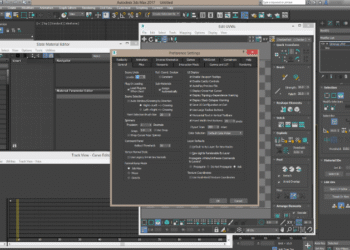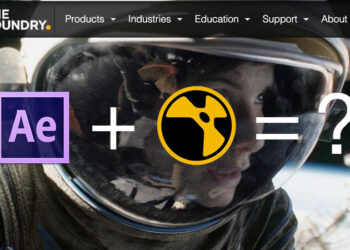According to rumors, 3DAliens is working on adding Thinkbox “PRT” format export capabilities to its Glu3d GPU fluid dynamics software. This will allow Glu3D GPU to use the PRT format for rendering with Krakatoa and also benefit from Frost meshing. More information on Glu3D GPU can be found at 3DAliens.
Recent Comments
- paul on Miauu releases Layer Colorizer for 3ds Max
- Jumanji on RenderMan 27 beta released
- Animatect on Autodesk pitches AI future for media and entertainment at AU 2025
- Jumanji on SceneLinter Pro: free scene validation script for 3ds Max
- nomad on Anym introduces physics-based animation engine for sparse keyframing in Maya, Blender and C4D
Popular Stories

CGPress is an independent news website built by and for CG artists. With more than 15 years in the business, we are one of the longest-running CG news organizations in the world. Our news reporting has gathered a reputation for credibility, independent coverage and focus on quality journalism. Our feature articles are known for their in-depth analyses and impact on the CG scene. “5 out of 5 artists recommend it.”
© 2025 CGPress








just saw the introduction video on their site and it don’t impress me, at all!
i’ve used glue3d five years ago, and ; for a simple cube and a box simulation, (and a gpu in charge), it is as slow has it was….5years ago !
i still wait the new stuff, guys !
depressing….
The new GPU versions is many many times faster then everything that glu ever had. Also new features are added like animatable source triggers, etc. You should give it a shot again. It’s not realflow or naiad by far but it’s a solver inside of max!
Really, how is the GPU slow? The intro video was created on a QuadroFX 1700 graphics card that was never “Cuda” enabled.
A card that was over 5 years old and was still able to get faster results than the original glu solver.
Adding PRT was a good move.
IMO Max, Maya, and Softimage should natively support the OPEN format of PRT!